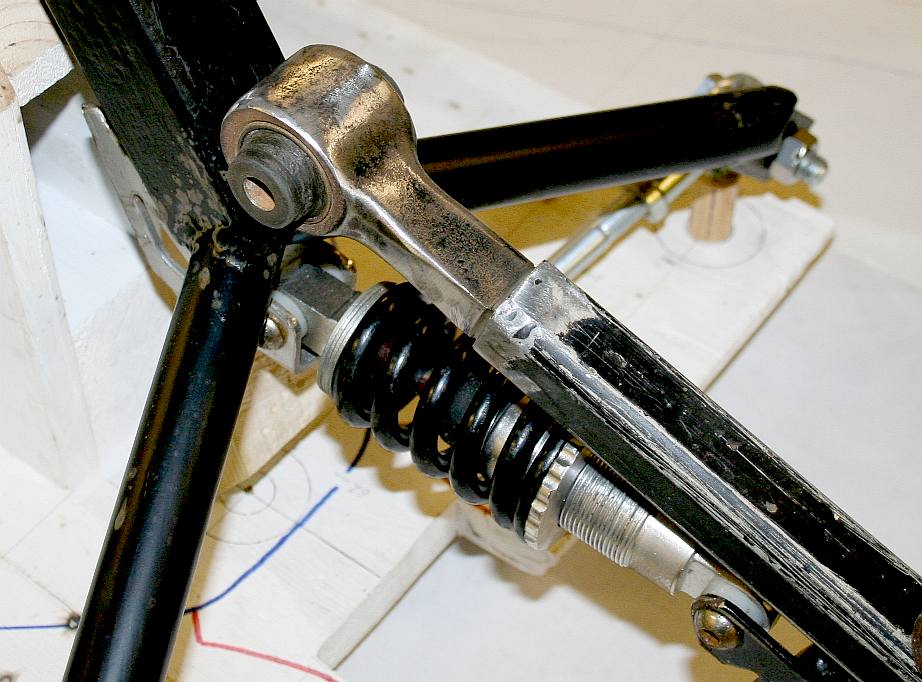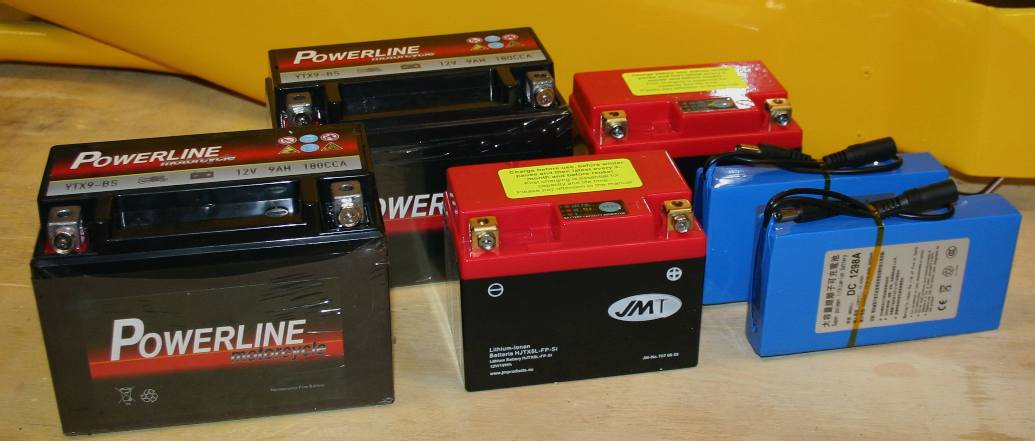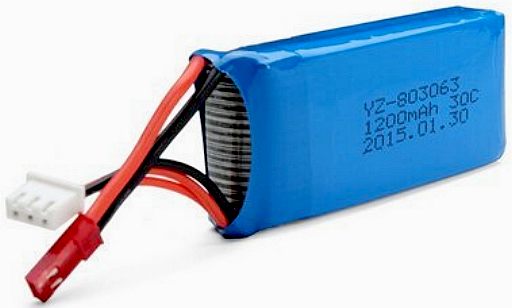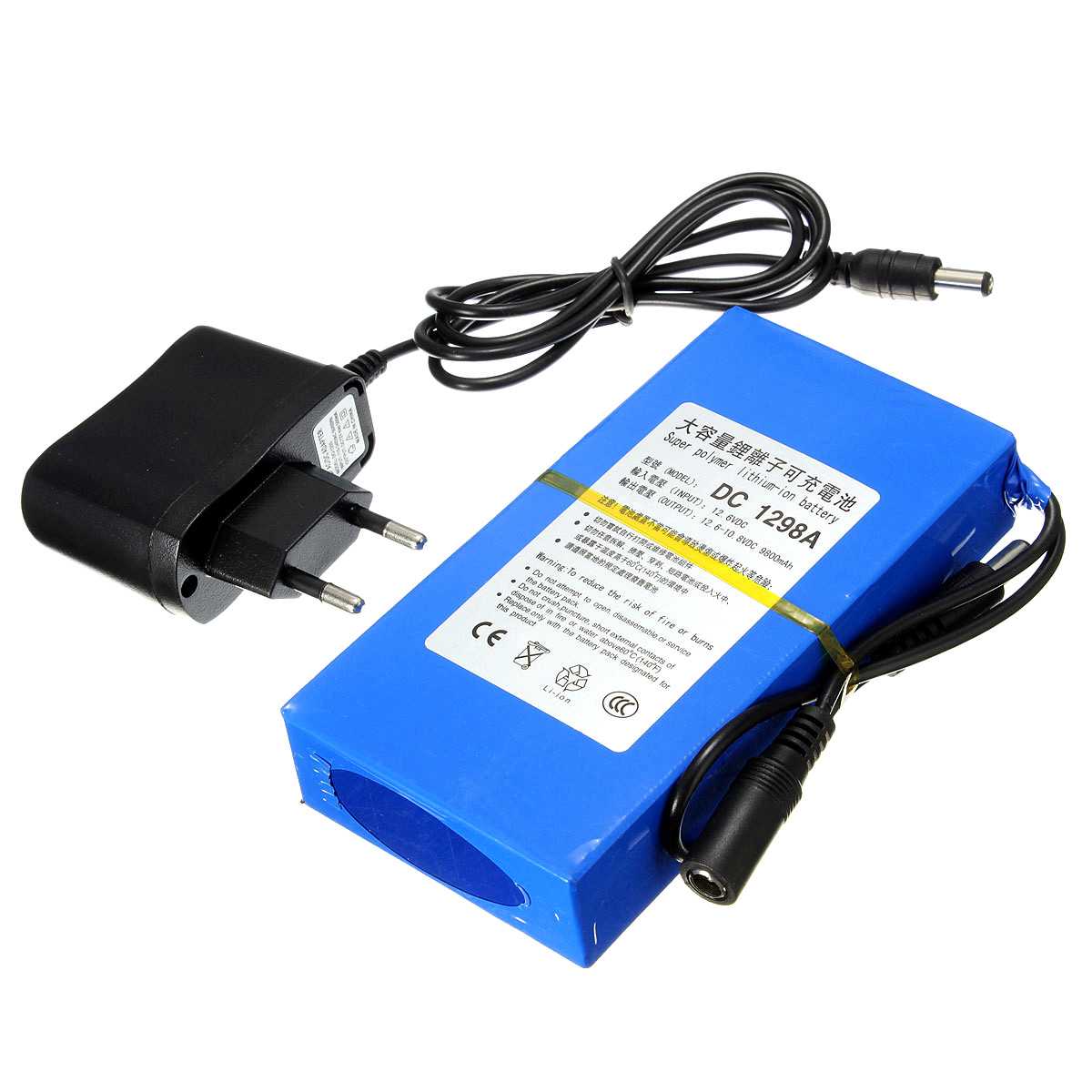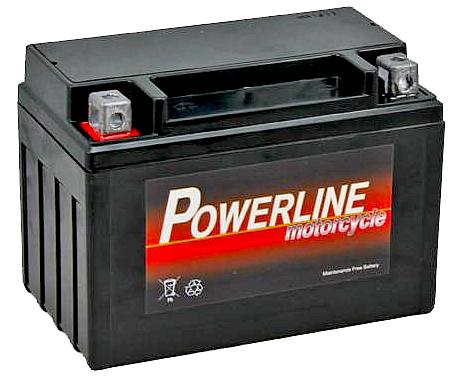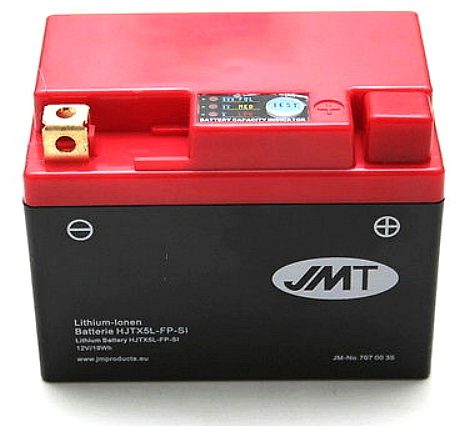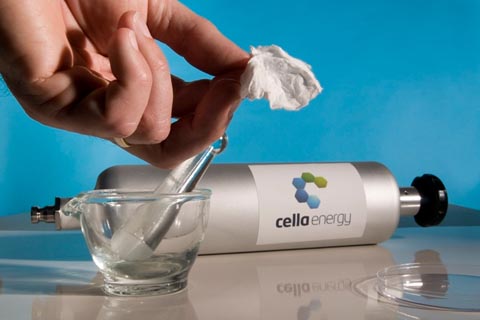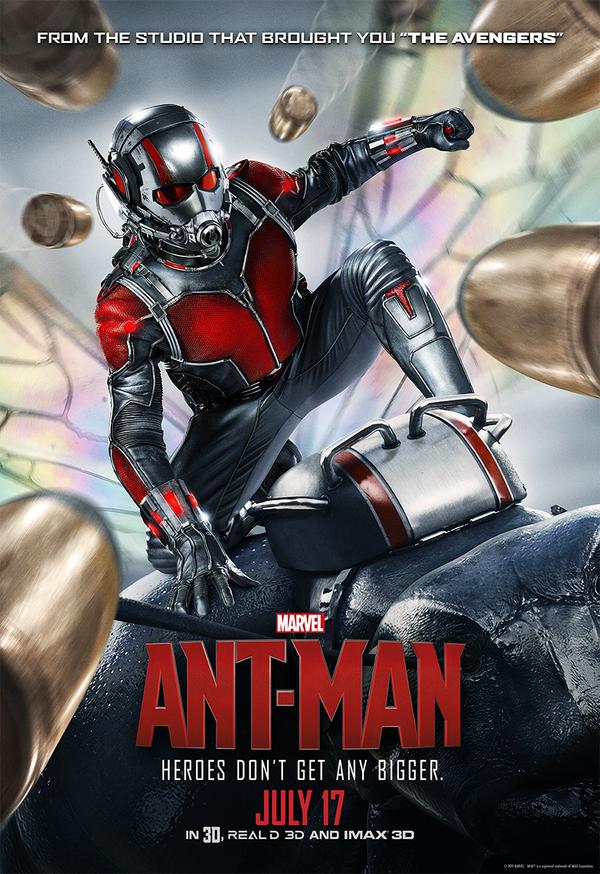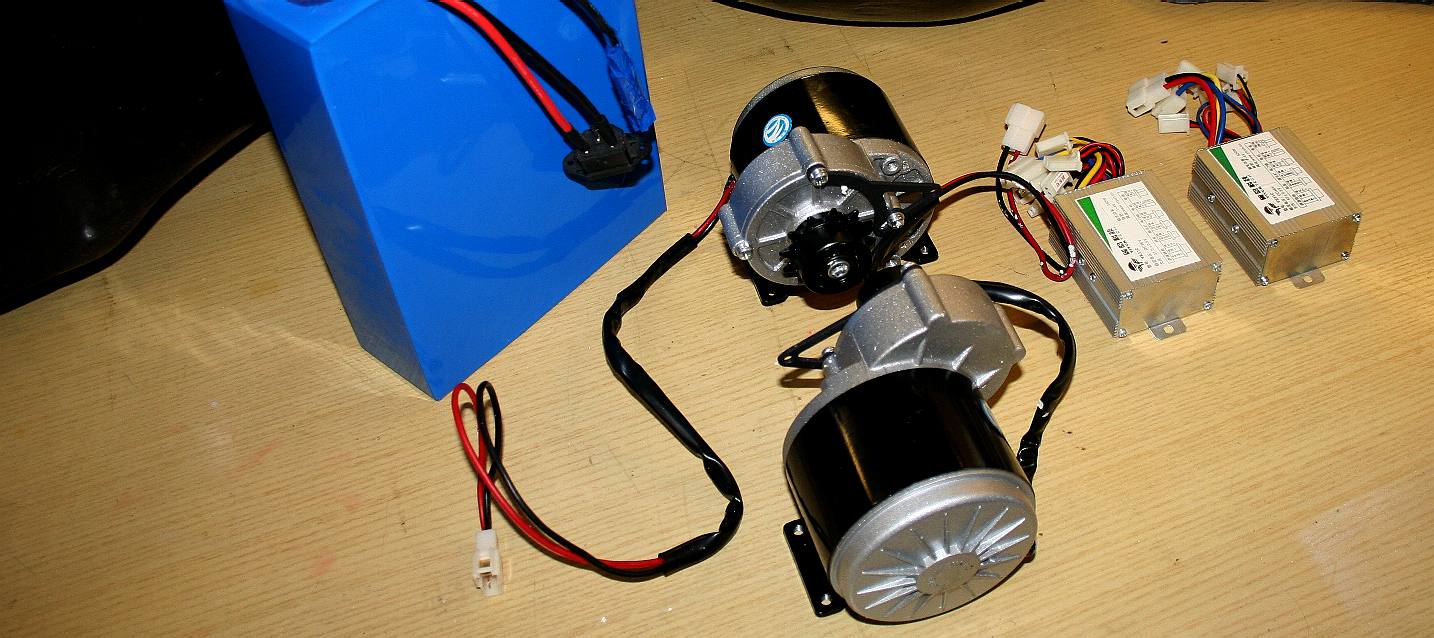|
GIANT ROBOT ANT - ENERGY STORAGE SOLUTIONS
ANTICS - ARDUINO - ARMOUR - ARTWORK - BIOLOGY - BLACK BOX - COMPUTERS - ELECTRONICS - ENERGY - FRAME FORMICARIUM - HEAD - JAWS - JIMMY WATSON - KITS - LEGS - MECHANICS - MOTORS - MOVIE - PHOTOGRAPHY - RASPBERRY Pi R/C DRONE - SENTRY SOFTWARE - SOUND PROOFING - SPACE ROVERS - SPEED - SUSPENSION - TAIL - UKRAINE DRONES - WEAPONS - WARGAMING
|
|
|
FABULOUS - You can't beat nature. We'll not be aiming to replicate this 100%, but doing an interpretation based on likely evolution with a lot of artistic licence thrown in. As you will see from the sequence below, there is quite a lot of engineering to make a decent frame to work from. We do encourage robot enthusiasts to build their own robot (DIY) and for that reason we explain how it is done. You should though be aware that you will need a workbench, vice, pillar drill, welding equipment, grinders, files and more. If you cannot weld, that is the first hurdle - or ask us to make one for you. It may work out a lot cheaper than equipping a workshop - it is though a lot of fun making a robot yourself - and you will need some handyman skills, even if we make the big steel parts for you.
CHRISTMAS GIANT ROBOT ANT PROJECT - POWERING UP
What is the run time of our robot? How long is a piece of string.
The answer to that question depends on the energy storage technology used. In the old days it was lead-acid batteries or nothing. Then along came fuel cells, but so far that is just an expensive pipe dream that we would like to see mature. Today there are dozens of battery formats. We need to differentiate between primary and secondary cells.
A primary cell is a battery that is designed to be used once and discarded, and not recharged with electricity and reused like a secondary cell (rechargeable battery). In general, the electrochemical reaction occurring in the cell is not reversible, rendering the cell
un-rechargeable, so single use.
Secondary cells are more practical and can provide significant storage capacity. Capacity versus mass is the challenge in the modern world, especially for electric cars that need a lot of energy for a sensible range.
TAIL SUSPENSION - The battery power pack is located in the tail of the DinoBot. In order to protect the development gel cells (and any other energy storage medium) the tail bearing is rubber bushed and the whole tail assembly, including protective bodywork, is further cushioned with a nylon-bushed coil over shock-absorber suspension strut. As you can see from the photograph this unit is adjustable for ride height and ride hardness.
SECONDARY CELLS
In the quest for more storage, Lead-Acid gave way to Nickel Cadmium (NiCd) and NiCds gave way to Nickel Metal Hydride (NiMH). Then Lithium Ion (Li-ion) came along and gave way to Lithium Polymer (LiPo) actually lithium-ion polymer. Of this latest chemistry there are constant improvements all of which is good news for roboteers.
CHOOSING A FORMAT
In
2014 partners OXIS developed their largest Lithium Sulfur cell achieving in excess of 300Wh/kg. This out performs Lithium ion technology that has dominated the performance battery market for many years. In addition OXIS
achieved an increase in cell capacity to 25Ah a cell – a world first.
Working from this (twelve-fold) achievement OXIS predicted they would achieve a cell capacity of 33Ah by mid-2015.
Steatite Batteries Web: http://www.steatite.co.uk/ Web:
http://www.steatite-batteries.co.uk/
LITHIUM POLYMER BATTERIES - SPECS: Weight: 340g (12 ounces), Capacity: 9800mAh, Type: DC 12980, Size: 135x68x24 (mm). Built-in ON/OFF switch to save power usage. Input voltage: 12.6V. Output voltage: 10.8~12.6 DC. Product life: Circulation charge and discharge ≥500 times. Constant draw per battery is only 2 amps.
R/C POWER - Various Chinese makers produce these high performance LiPo packs putting out 8.8wh. They weigh 41 grams each. 244 of these weigh 10kg and give us a 2.15kW/hr pack for £1,460 - available off the shelf with a delivery time of under 21 days. Direct from the makers, the price will of course drop. For a car such as our Ecostar DC50, a 21kW/hr pack would only weigh 100kg (220lbs) and cost £14,600 (without bulk discounts).
The SI base unit for electric current is the ampere. 1 ampere is equal to 1000 milliamps, or 1 amp. Thus a milliampere hour (mAh) is 1000th of an ampere hour (Ah). An ampere hour (abbreviated Ah, or sometimes amp hour) is the amount of energy charge in a battery that will allow one ampere of current to flow for one hour.
LEAD ACID (AGM) BATTERY - We will also be testing these YTX9-BS Powerline lead-acid 12 volt units. They measure: Length 150 mm x Width 86 mm x Height 107 mm and have a capacity of 9 Ah with a CCA of 180 amps. Absorbent Glass Mat, or AGM technology became popular in the early 1980s as a sealed lead acid battery for military aircraft, vehicles and UPS to reduce weight and improve reliability. The acid is absorbed by a very fine fiberglass mat, making the battery spill-proof. This enables shipment without hazardous material restrictions. The plates can be made flat to resemble a standard flooded lead acid pack in a rectangular case; they can also be wound into a cylindrical cell. NASCAR and other auto racing leagues choose AGM products because they are vibration resistant. AGM is the preferred battery for upscale motorcycles. Being sealed, AGM reduces acid spilling in an accident, lowers the weight for the same performance and allows installation at odd angles. Because of good performance at cold temperatures, AGM batteries are also used for marine, motor home and robotic applications.
Four of these batteries weigh 10.4 kilograms, or 22.92 pounds. That's quite a lot of weight to justify on this robot, but they are very economical @ under £60.00 delivered - a no brainer for development purposes. Tayna Ltd., Central Warehouse, High Street, Abergele, LL22 7AR, United Kingdom. Phone: 01745 823399 Fax: 01745 832527
LITHIUM ION MOTORCYCLE BATTERY - Again and to compare, consider these Shido and JMT 12 volt units. They measure: Length 114mm x Width 71mm x Height 106mm and use the latest LiFePO4 technology. These units do not have much in the way of active lithium, but are more a large plastic container designed to mimic the original motorcycle battery - meaning that the quoted weight of 0.4kg is confusing to those estimating performance from mass.
Here is a way to get a perspective on the energy density of lithium batteries. A typical lithium-ion battery can store 150 watt-hours of electricity in 1 kilogram of battery. A NiMH (nickel-metal hydride) battery pack can store perhaps 100 watt-hours per kilogram (although 60 to 70 watt-hours might be more typical). A lead-acid battery can store only 25 watt-hours per kilogram. Using lead-acid technology, it takes 6 kilograms to store the same amount of energy that a 1 kilogram lithium-ion battery can handle. [These are averages]
A BIT ABOUT Li-Po BATTERY BANK CONFIGURATION
If you're new to lithium
polymer/LiPo/LiPoly
batteries, there are
some terms you will should know before making any choices.
NEW TECHNOLOGY STORAGE MEDIUM - PERFORMANCE
The cellular material can be packaged in combination with a fuel cell, to offer three times the specific energy of a lithium-ion battery. You could look at it that the system is comparable to 700 atmospheres of compressed hydrogen but without the safety concerns or cost of infrastructure, save that replenishment is more akin to a primary cell situation - and for this reason, may only be useful for a high speed runs - for record setting purposes.
This is the nano-fiber material that the whole system is based on. Apparently the fibers are 30 times thinner than a human hair. They may be rolled into pellets, which can then be transferred using ordinary vacuum pumps. A development of this technology could be the energy cartridges of the future for transport applications
LINKS & REFERENCE
Steatite
UK Ltd/ http://lynchmotors.co.uk/
LEFT - Movie idea, lurking beneath the Antarctic ice is a discovery that scientists will die for. This story is now the subject of a low budget trailer to be produced mostly in the UK. The promoters are looking for backers. The UK will contribute 20% toward production costs. Roughly 60% of a low budget film may be pre-sold as distribution rights, leaving 20% finance to source. The deal is that investors recover 120% on their project stake within 12 months of shooting, with an income stream thereafter from networks and merchandising. Producers and directors please take note that there is a significant audience for well made movies of this genre. Look at what happened when they remade Godzilla. RIGHT - 2015 scifi action movie from the Marvel graphic novels.
DRIVEN - Here we see a 48 volt 2kW hour lithium battery pack, two 500 watt motors with gear reduction and two 500w electronic speed controllers. These are dc brushed motors that we will use to
A Sectasaur™ (thawed) - now on permanent display at Herstmonceux Museum, in Sussex, England.
ANTICS - ARDUINO - ARMOUR - ARTWORK - BIOLOGY - BLACK BOX - COMPUTERS - ELECTRONICS - ENERGY - FRAME - HEAD - JAWS - JIMMY WATSON - KITS - LEGS - MECHANICS - MOTORS - MOVIE - PHOTOGRAPHY - RASPBERRY Pi - R/C DRONE - SENTRY - SOFTWARE - SOUND PROOFING - SPEED - SUSPENSION - TAIL - WEAPONS - WARGAMING
DINOSAURS - DOLPHINS - HUMANOIDS - RAYS - SHARKS - WHALES
ARDUINO - ARM HOLDINGS - BEAGLEBOARD - MBED - PCBS - PICAXE - RASPBERRY PI
|
|
|
This website is Copyright © 2024 Bluebird Marine Systems Limited. The names Bluebird™, Bluefish™, Miss Ocean™, SeaNet™, SeaVax™ are trademarks. All other trademarks are hereby acknowledged. The design of the Robot Ant on this page is design copyright © December 15 2015, all rights reserved - Jameson Hunter Ltd. IMPORTANT NOTE: Under no circumstances may our products, or those of Jameson Hunter Ltd, be used by any military or law enforcement organization, for any warlike, combat, or peacekeeping crowd control purposes. Anyone purchasing one of these units will be required to sign a binding undertaking (Deed) to that effect. Any unit found to have been purchased by proxy, will be confiscated, along with civil remedy in respect of breach of contract, that all parties in the chain will be vicariously liable for - to include damages for vehicles developed from our designs without our consent - and possible fraud issue from the deception. In addition to copyright theft, the law of passing-off applies.
|

